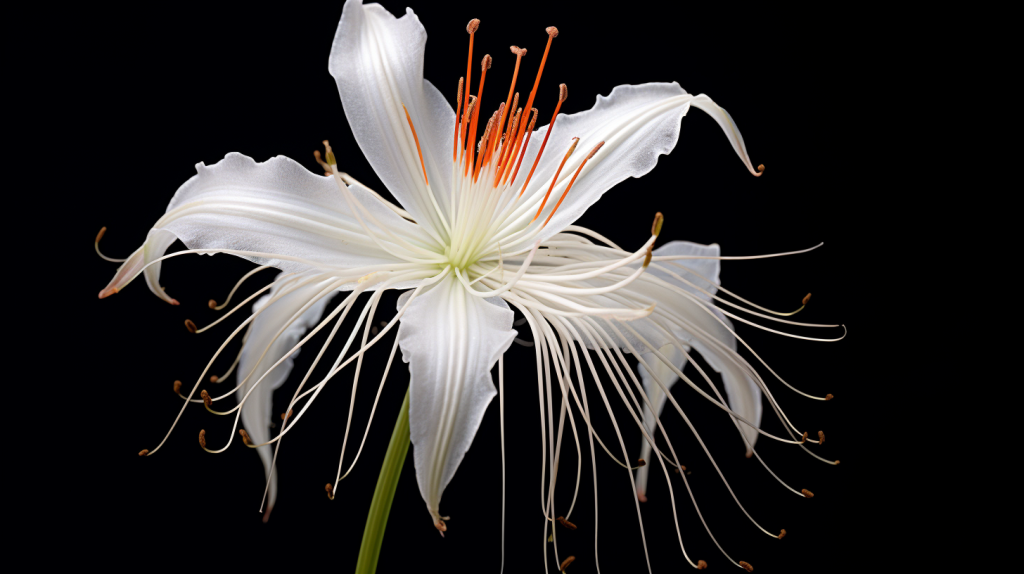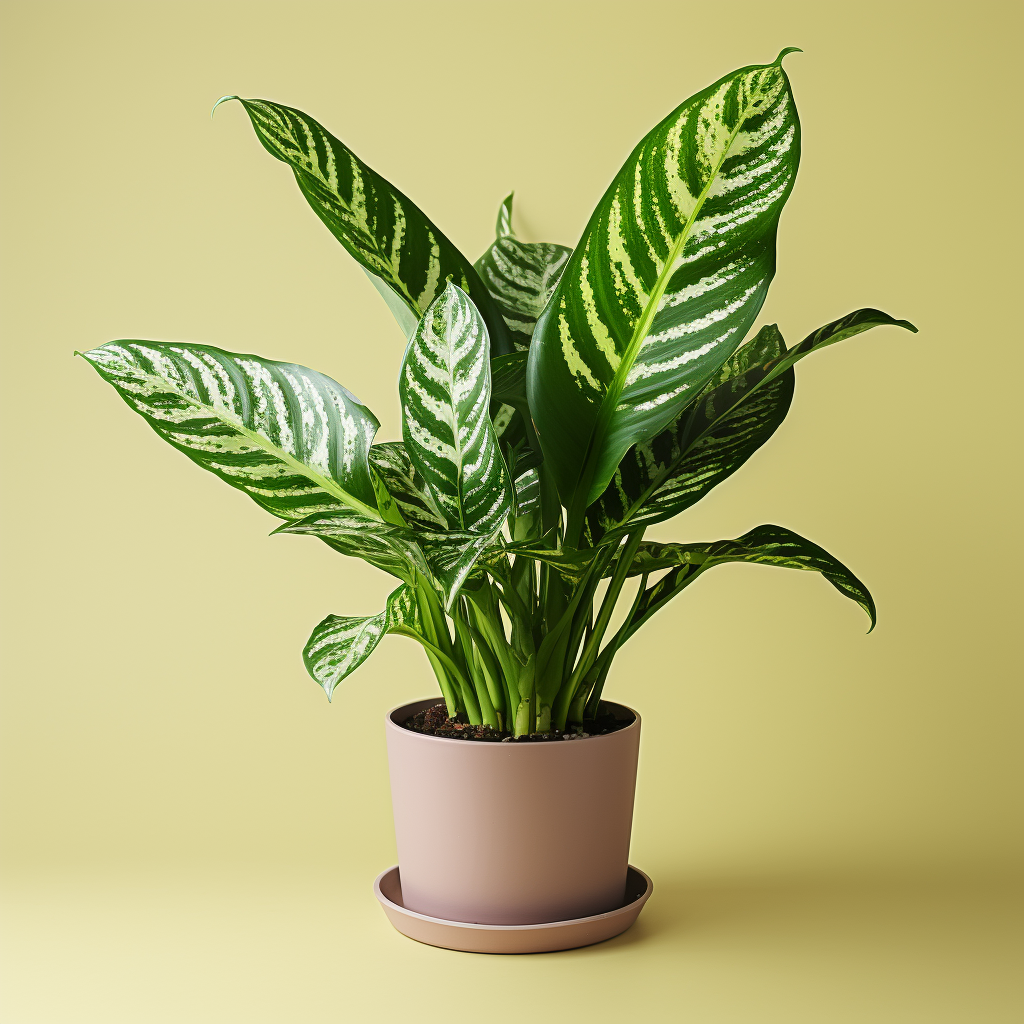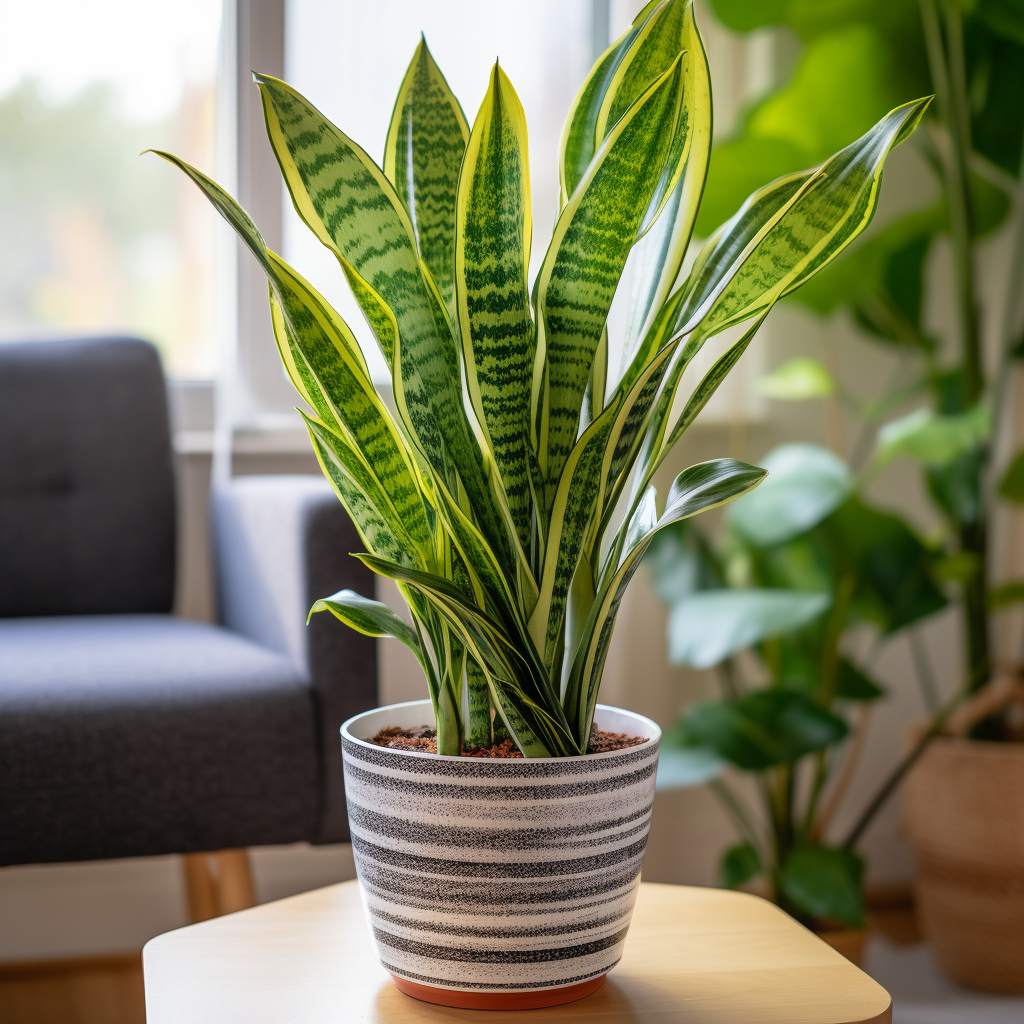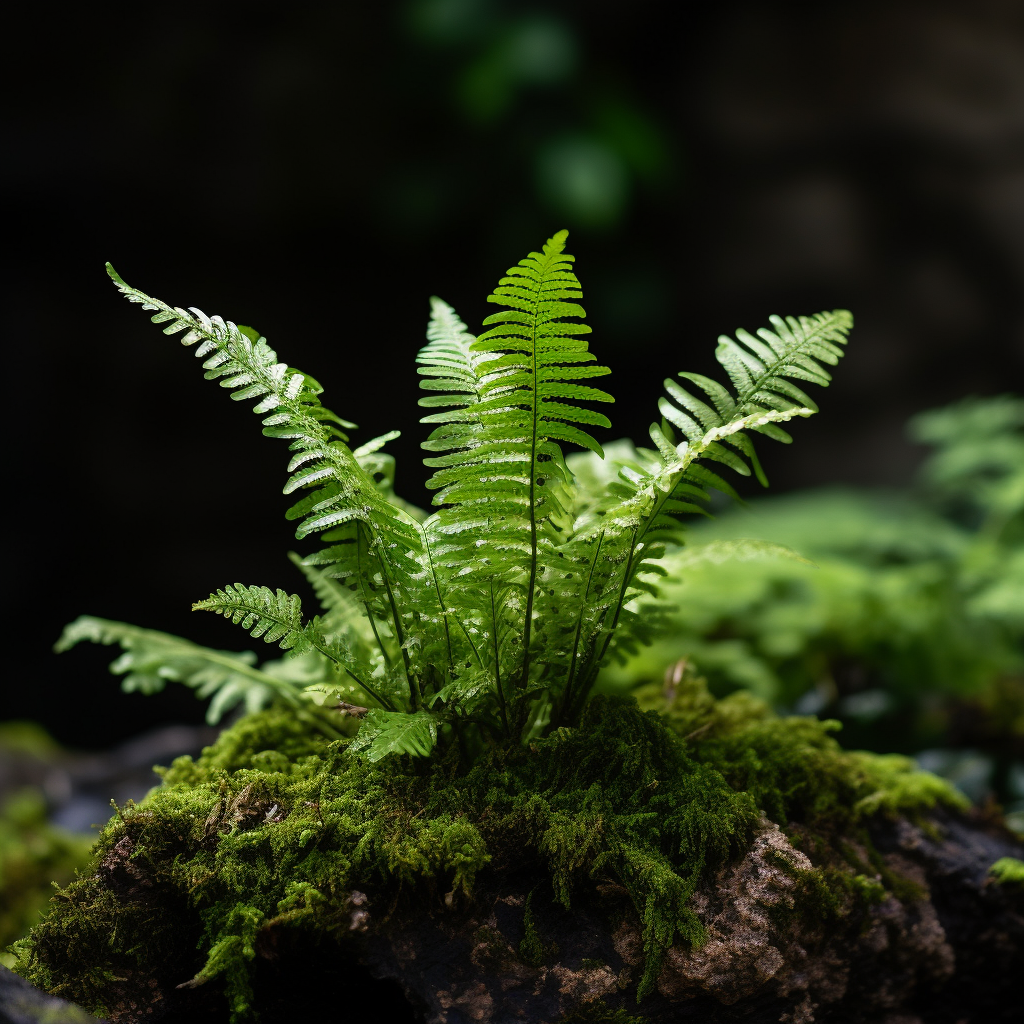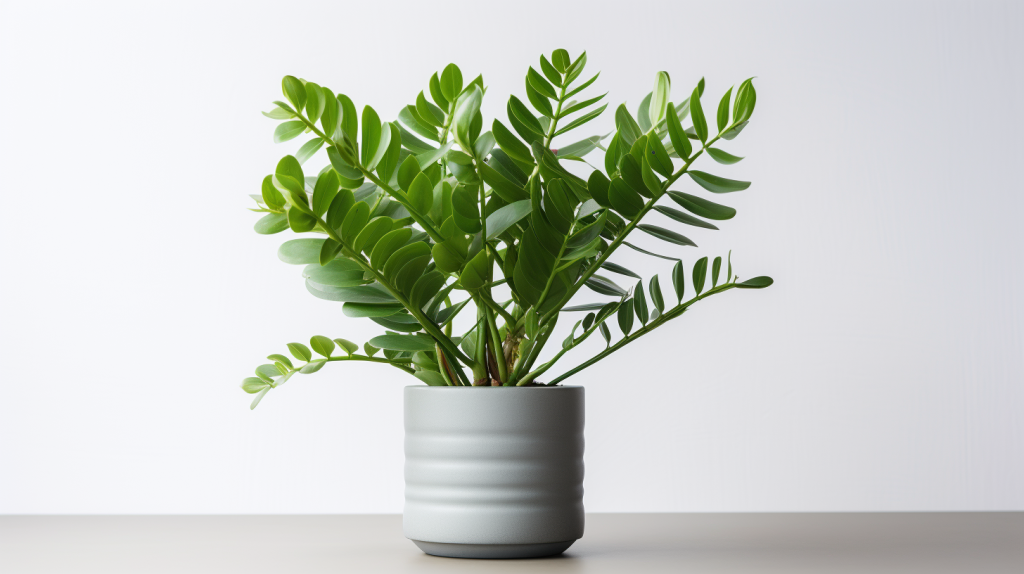Have you ever come across a plant that takes your breath away, yet you know nothing about it? One such beauty is the Beach Spider Lily (Hymenocallis littoralis). By the end of this article, you’ll know everything you need to know about this captivating plant, from what it is, how it looks, and how to take care of it.
What is the Beach Spider Lily?
The Beach Spider Lily, scientifically known as Hymenocallis littoralis, is a tropical perennial bulb plant from the Amaryllidaceae family. This plant is native to warmer regions, such as the Caribbean, Mexico, and some parts of Central and South America. Famous for its radiant white flowers that bear a remarkable resemblance to spiders, it adds an exotic touch to gardens worldwide.
Description Of Beach Spider Lily
The Beach Spider Lily is a remarkable plant, growing up to 2-3 feet in height. It flaunts a cluster of glossy, deep green strap-like leaves, which form a beautiful backdrop for the blossoms. The leaves are typically around 60-90 cm long and 2-3 cm wide. In addition, the bulb of the Beach Spider Lily is quite substantial, almost the size of a large onion, which provides it with the energy it needs to bloom.
What Does The Beach Spider Lily Look Like?
The Beach Spider Lily is characterized by its stunning white flowers. They have six long, slender petals stretching out like the legs of a spider, hence the name. In the center, a crown-like structure called the corona, which often carries a mild, delightful fragrance, draws attention. The plant generally blooms in the summer, adding a touch of beauty to gardens and landscapes.
Beach Spider Lily Flowering
Flowering in Beach Spider Lily is a sight to behold. The flowers bloom in clusters of 2-6 on top of a tall, sturdy stem known as a scape. They usually flower in the summer months, particularly from late spring to early fall. Each flower measures approximately 15 cm across, making a dramatic display.
Displaying Beach Spider Lily
When it comes to showcasing Beach Spider Lily, they are often grown in groups for a dramatic effect, especially along borders or water bodies. Additionally, they make beautiful additions to cut flower arrangements, adding an exotic charm to your home’s interior decor.
Is The Beach Spider Lily Poisonous?
It’s important to note that the Beach Spider Lily, like many other members of the Amaryllidaceae family, contains alkaloids that can be toxic if ingested. Therefore, it’s advisable to keep them out of reach from pets and children. However, they are not harmful when touched, making it safe for gardeners.
Beach Spider Lily Facts
The Beach Spider Lily is more than just a pretty face. It has several fascinating facts associated with it.
| Fact | Description |
|---|---|
| Native Region | Caribbean, Mexico, Central and South America |
| Family | Amaryllidaceae |
| Height | 2-3 feet |
| Blooming Season | Summer |
| Toxicity | Toxic when ingested |
Caring For Beach Spider Lily
Caring for Beach Spider Lily isn’t complex. Below are the major considerations.
| Care Aspect | Description |
|---|---|
| Light | Prefers full sun to partial shade |
| Soil | Well-drained soil; slightly acidic to neutral pH |
| Water | Regular watering; do not overwater |
| Temperature | Tropical climate; not frost-resistant |
| Fertilizer | Balanced fertilizer during growing season |
Common Problems
Despite its relative hardiness, Beach Spider Lily can face a few issues. Overwatering can lead to bulb and root rot. Pests like spider mites and aphids might occasionally attack the plant. Ensuring proper care and promptly addressing any issues can help keep your Beach Spider Lily healthy.
Frequently Asked Questions
1. Is the Beach Spider Lily an indoor plant?
While it can grow indoors, the Beach Spider Lily thrives best outdoors under full to partial sunlight.
2. How often should I water my Beach Spider Lily?
It’s best to water when the top inch of the soil feels dry to the touch. However, they do not tolerate water-logging, so avoid overwatering.
3. Can the Beach Spider Lily survive frost?
No, the Beach Spider Lily is a tropical plant and is not frost-resistant. It’s best grown in warmer climates or indoors in cooler regions.
4. What kind of soil does the Beach Spider Lily prefer?
The Beach Spider Lily prefers well-drained soil with a slightly acidic to neutral pH.
5. How tall does the Beach Spider Lily grow?
The Beach Spider Lily can reach up to 2-3 feet in height.
Conclusion
The Beach Spider Lily (Hymenocallis littoralis) is an exotic plant that adds a touch of tropical elegance to any garden. With its captivating blooms and easy-care nature, it is an excellent choice for gardeners looking for a unique plant to add to their collection. With the tips shared in this article, you’ll be well-prepared to grow and care for your very own Beach Spider Lily.
References

